Strategies for Effectively Assessing & Managing PFAS
Meet the speakers
 |
|
Dr Frauke AverbeckScientific Officer, Federal Institute for Occupational Safety and Health - Federal Office for Chemicals, GermanyDr. Frauke Averbeck works for the Federal Office for Chemicals in the unit “Evaluation of Chemicals and Risk Management” since 2008. She has a PhD in chemistry and is mainly involved in the different risk management processes in the context of the REACH Regulation. Among other tasks, she is, together with her Dutch counterpart, leading the team of the five countries that have prepared the PFAS restriction proposal, and she is also coordinating the German contributions to this project. |
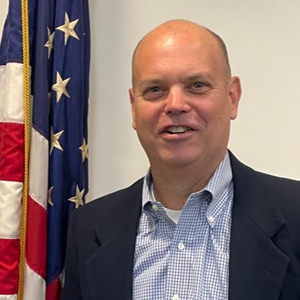 |
|
Michael BarretteIntegration Targeting and Access Branch Supervisor, Office of Enforcement and Compliance Assurance, US Environmental Protection Agency (EPA)Mike Barrette is the Integration Targeting and Access Branch Supervisor in the EPA Office of Compliance. He has a focus on data transparency and analytics. Mike was instrumental in launching the popular Enforcement and Compliance History Online (ECHO) website in 2002 and since has developed the site to include innovative targeting tools for use by government agencies. Mike also oversees the data analytics and targeting programs within the EPA’s National Targeting Center. Mike joined EPA in 1992 after completing his Masters in Public Administration. |
 |
|
Dr Bharat ChandramouliSenior Scientist, SGSBharat Chandramouli, Ph. D is a senior scientist with 20+ years of experience in the occurrence, fate and transport of organic contaminants. He has published several peer-reviewed articles and book chapters on atmospheric chemistry, PFAS measurement, emerging contaminants occurrence, semivolatiles fate and transport and more. At SGS, Bharat manages the development of new products and services in North America and provides technical leadership on PFAS and other emerging contaminant issues. Bharat completed his Ph. D in environmental science and atmospheric chemistry from the University of North Carolina, Chapel Hill. |
 |
|
Dr Ronit ErlitzkiDirector of Strategic Business Development and Innovation, Chart IndustriesRonit Erlitzki is Director of Strategic Business Development and Innovation with Chart Industries. Ronit’s career is based on strong scientific foundation and implementation of strategic and critical thinking. With more than 20 years of experience in biochemistry research and environmentally focused business development. Ronit’s main interest and focus is on Chart Industries’ Nexus of Clean, including Water and Wastewater solutions, Renewable Energy, Green Hydrogen, and Carbon Capture. Ronit’s goal is to accelerate the implementation of innovative clean technologies, focusing on optimization of high-recovery, low-waste and low-emission sustainable solutions to environmental challenges, and support of our own and our customers’ of ESG goals. Ronit is a savvy water professional and has been successfully involved in the implementation of several technologies in the field of water quality analysis, biological water treatment for drinking water, high recovery RO and concentrate management. Ronit holds a BSc. in Biology from Tel Aviv University, and MSc and DSc degrees in Medical Sciences from Technion-Machon Technologi Le’Israel. |
 |
|
Dr. Jamie DeWittProfessor, Pharmacology and Toxicology, Brody School of Medicine, East Carolina UniversityDr. Jamie DeWitt is a Professor of Pharmacology and Toxicology, Brody School of Medicine at East Carolina University. Her areas of expertise include environmental toxicology, immunotoxicology, neuro-immunotoxicology, developmental immunotoxicology, emerging aquatic contaminants, persistent organic pollutants, per- and polyfluoroalkyl substances (PFAS). |
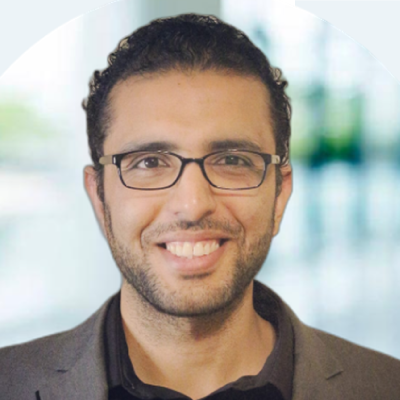 |
|
Dr. Mohamed Ateia IbrahimEnvironmental Engineer & Group Leader, Office of Research and Development, US Environmental Protection Agency (EPA)Dr. Mohamed (Moha) Ateia Ibrahim’s research at the US EPA targets the removal of micropollutants (mostly PFAS) and the assessment of various separation and destruction technologies from lab-scale to Superfund sites. Inspired by the realization that conventional water treatment techniques will not be able to treat these problems, Moha have devoted himself to developing practical remediation solutions that draw on his expertise in engineering and chemistry. Specifically, he has focused on the assessment of conventional methods (e.g., GAC, IX resins), the development of new materials and/or composites to adsorb/degrade micropollutants, and the mobility of new classes of contaminants in the environment (e.g., microplastics). He has initiated and led over a dozen of research collaborations with researchers across the world to target micropollutants in a practical way. |
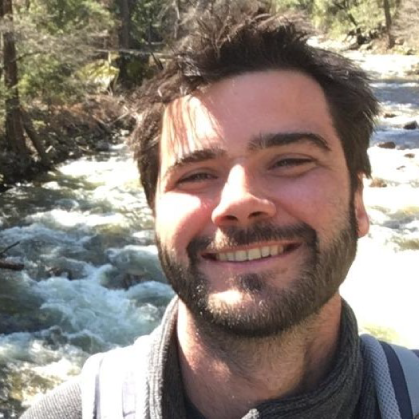 |
|
Alun JamesChief Scientist’s Group, UK Environment AgencyAlun is an environmental geochemist who specialises in the fate and transport of contaminants in the environment. He is currently in an advisory role that focuses on PFAS evidence providing technical input into a number of work areas. This includes the commissioning and management of our national PFAS monitoring programs. |
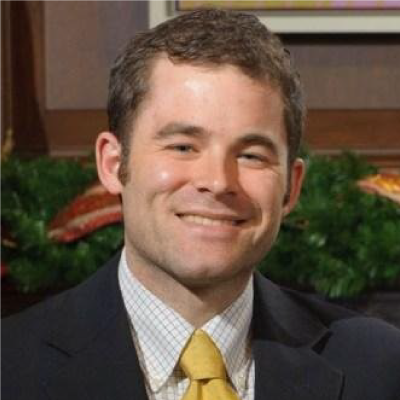 |
|
Matt KlasenPFAS Council Manager, US Environmental Protection Agency (EPA)Matt Klasen serves as the Manager of EPA’s Council on PFAS, a cross-agency group of EPA policy and technical leaders created by EPA Administrator Michael Regan to develop and implement the Agency’s PFAS strategy. Matt joined the PFAS Council in October 2021 after serving for five years in EPA’s Office of Congressional and Intergovernmental Relations as the Congressional lead for EPA’s drinking water, water finance, and PFAS activities. Matt began his EPA career as a Presidential Management Fellow in 2007 and has worked on diverse issues including environmental indicators, the U.S.-Mexico border environment, energy and climate measures, mountaintop removal mining, Clean Water Act jurisdiction, and Clean Water Act Section 404. Matt has a B.A. in Environmental Studies and Political Science from Washington University in St. Louis and an MPA in Environmental Science and Policy from Columbia University. |
 |
|
Edward LatterChemicals Policy Team Leader, Environmental Quality Directorate, UK Government's Department for Environment, Food and Rural Affairs (DEFRA)Ed is Team Leader for the Chemicals policy team in Defra’s Chemicals Pesticides and Hazardous Waste division; managing a team of policy advisers on emerging chemicals policy issues. He has over five years experience working in Defra delivering science programmes and environmental policy. Prior to this he was a university researcher working in partnership with industry, specialising in physical chemistry and spectroscopy analysis. |
 |
|
Daniel Newton, PEAssistant Deputy Director, California State Water Resources Control Board’s Division of Drinking WaterDan Newton is an Assistant Deputy Director at the California State Water Resources Control Board’s Division of Drinking Water and oversees the Northern California Field Operations Branch. The Branch permits and regulates over 4,000 drinking water systems from Monterey to the Oregon border. Prior to Drinking Water Dan worked in the Waterboard’s Division of Water Quality and Division of Financial Assistance. |
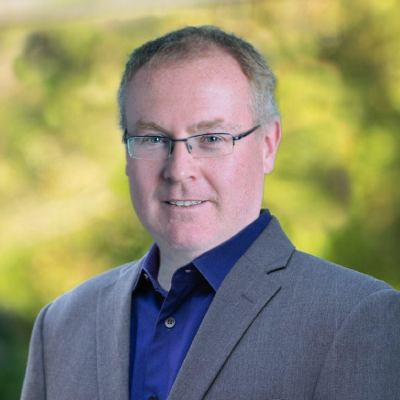 |
|
Ian RossPFAS Global Practice Leader, CDM SmithIan Ross serves as the global PFAS practice leader at CDM Smith. For three decades, Ian has specialized in the delivery of management strategies and treatment approaches for multiple xenobiotics . With a strong technical background, he focuses on developing cost-effective solutions for conventional and emerging contaminants. Ian helps ensure that CDM Smith performs at the leading edge when developing risk management strategies and remediation for the assessment and restoration of contaminated sites. He has established treatability and research and development facilities and worked with academic institutions to supervise multiple research projects. He has international experience with contaminated management projects in multiple regulatory settings from working across Europe, US, Canada, China, the Middle East, South Africa and Australia. As a result of these activities, he has won several national / international innovation awards for contaminated site management. |
 |
|
Shalene ThomasSVP, Global Emerging Contaminants, WSPShalene Thomas is the SVP, Global Emerging Contaminants for WSP. She has over 20 years of consulting experience including 15 years supporting PFAS evaluations. She has supported clients with PFAS evaluations, risk management and mitigation strategies across 32 different states in 9 of the 10 USEPA regions as well as in Europe, Australia and Canada. She currently serves as a AFFF leader for the ITRC PFAS Team, and the Risk Communication leader for the Contaminants of Concern team. She has been a Planning Board member for the NFPA AFFF Fire Road Map project and has provided PFAS and AFFF training across North America. |
 |
|
Anna Willett, PEGlobal Technical Services Manager, CETCO, a Minerals Technologies CompanyAnna Willett, PE, is a Technical Services Manager at CETCO-Minerals Technologies Inc., a global leader in minerals-based technologies. She provides technical support for environmental products that are used to clean up contaminants in engineered systems and natural environments. She is an expert in the use of chemical and biological processes for drinking water treatment, clean up of industrial waste, and soil/groundwater remediation. Past roles include directing the Interstate Technology & Regulatory Council, project management and engineering at major consulting firms, and managing R&D at a specialty chemical company. She has an M.S. in chemical engineering from Northwestern University and a B.S. in biological engineering from Cornell University. |
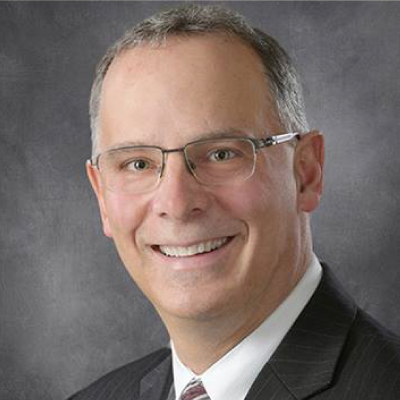 |
|
Eric S. WoodPrincipal & Global Director, Emerging Contaminants, RambollEric S. Wood has 39 years of experience in hydrogeology and has directed, managed, or conducted over 15,000 assignments for clients, nationally and internationally, during his career. Eric’s PFAS experience includes: Complex site investigations in overburden and bedrock; Fate and transport assessments; Modeling of PFAS in air and groundwater; Human and ecological risk assessment; Feasibility studies; Remediation; Due diligence; Environmental compliance; Regulatory negotiations; Risk communication; AFFF alternative analysis; Forensic analyses; and Apportionment of contributions from PFAS sources. |

